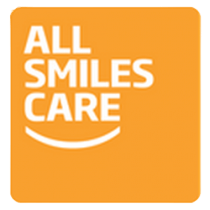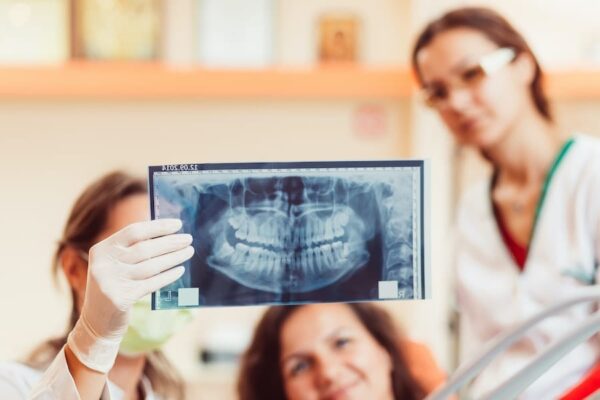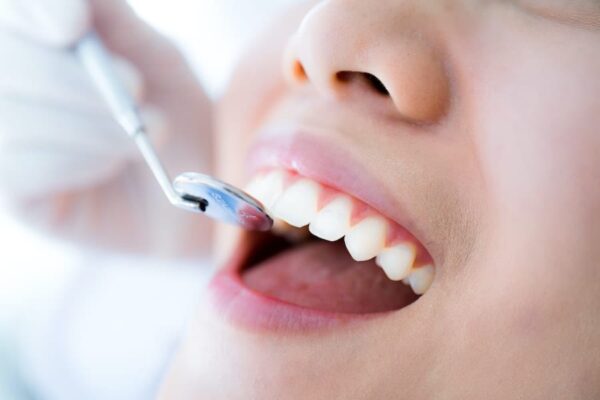Why Dentists X-Ray Teeth
When you go to the dentist for your semi-annual checkup, you may notice that at one of them, your hygienist requests that they perform x-rays for your dentist to review. Most of us have the procedure done without much thought, but there are a few people who have questions about it, which we are here to answer today.
Your dentist wants to provide the best possible care for you and your teeth. That’s why, in addition to visual exams, they are required to take x-rays of your teeth and jaw to check on your overall health on the inside. So, if you’ve ever wondered why dentists take x-rays of your teeth and how they use them to give you better care, keep on reading!
Why Dentists Perform X-Rays on Teeth
X-rays, also called radiographs, are a valuable diagnostic tool. They give your dentist the ability to see between and inside your teeth. He can also view the tip of your roots and bone underneath your gums – places not normally visible to the naked eye. X-rays are performed to help your dentist to identify a variety of dental problems, like cavities, tooth decay, and impacted teeth.
Dentists typically perform x-rays yearly, but they may occur more frequently if they are tracking the progress on an oral ailment or treatment. Children may also need to have more frequent x-rays to monitor how their adult teeth are growing and to determine if any of their baby teeth need to be extracted to make room for their adult teeth.
Types of Dental X-rays
There are several types of radiographs that are performed during the procedure. They are as follows:
- Bitewing – This technique is most commonly used to check for cavities between the teeth.
- Occlusal – This x-ray is performed to see how the top and bottom teeth line up. It can also locate any anatomical abnormalities with the mouth floor and the palate.
- Periapical – This x-ray is used to see the teeth from room to crown.
- Panoramic – This technique is used to check on the patient’s wisdom teeth, investigate jaw issues, or to plan for dental implants.
- Extraoral – This specialized type of x-ray is used to find issues that aren’t located within the gums or teeth.
After the Dental X-ray and Risks Associated
Because dental x-ray machines are designed to minimize radiation, getting x-rays taken at your dentist’s office is safe and your exposure to radiation is negligible. In fact, many offices are now using digital x-rays methods, which further reduces radiation exposure. Still, we recommend that pregnant women and children take greater care when getting them performed.
When the images are ready for your dentist to view, they will review them and check for abnormalities. If your dentist finds problems, they will discuss your treatment options with you during their exam. If your dentist finds no problems, keep up the good work with your home care!




